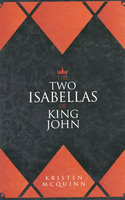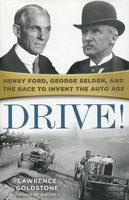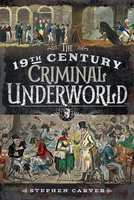New, Quality Gift Books - 50-90% off - over 2500 titles
Your basket is empty.
Categories War & Militaria ZEPPELINS OVER THE MIDLANDS
ZEPPELINS OVER THE MIDLANDS
Book number: 94967
Product format: Hardback
In stock
Bibliophile price
£14.00
Published price
$39.95
Customers who bought this product also bought
|
TWO ISABELLAS OF KING JOHN
Book number: 93426
Product format: Hardback
Bibliophile price
£8.50
Published price
£20
|
|
19TH CENTURY UNDERWORLD: Crime, Controversy and Corruption
Book number: 94787
Product format: Hardback
Bibliophile price
£7.00
Published price
£19.99
|
|
FATEFUL BATTLE LINE
Book number: 95085
Product format: Paperback
Bibliophile price
£5.00
Published price
£12.99
|
SAMURAI WILLIAM: The Englishman Who Opened Japan
Book number: 95127
Product format: Paperback
Bibliophile price
£7.00
Published price
£24.99
|
MANCHESTER BANTAMS: The Story of a Pals' Battalion
Book number: 94954
Product format: Hardback
Bibliophile price
£12.50
Published price
£30
|
Browse this category: War & Militaria







